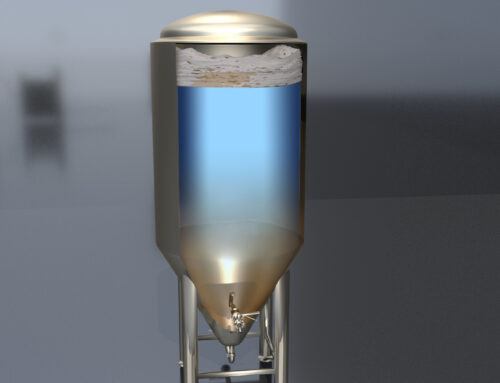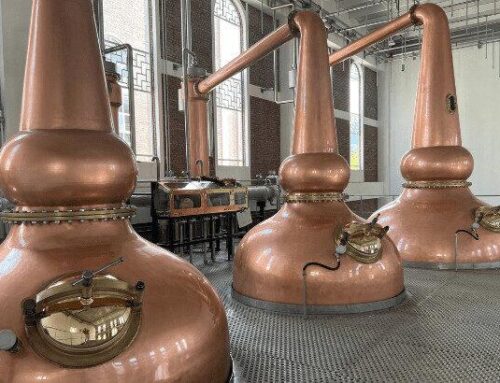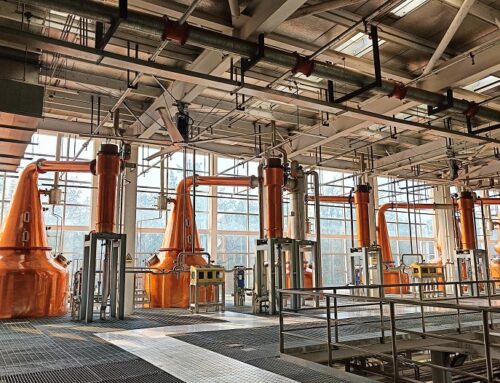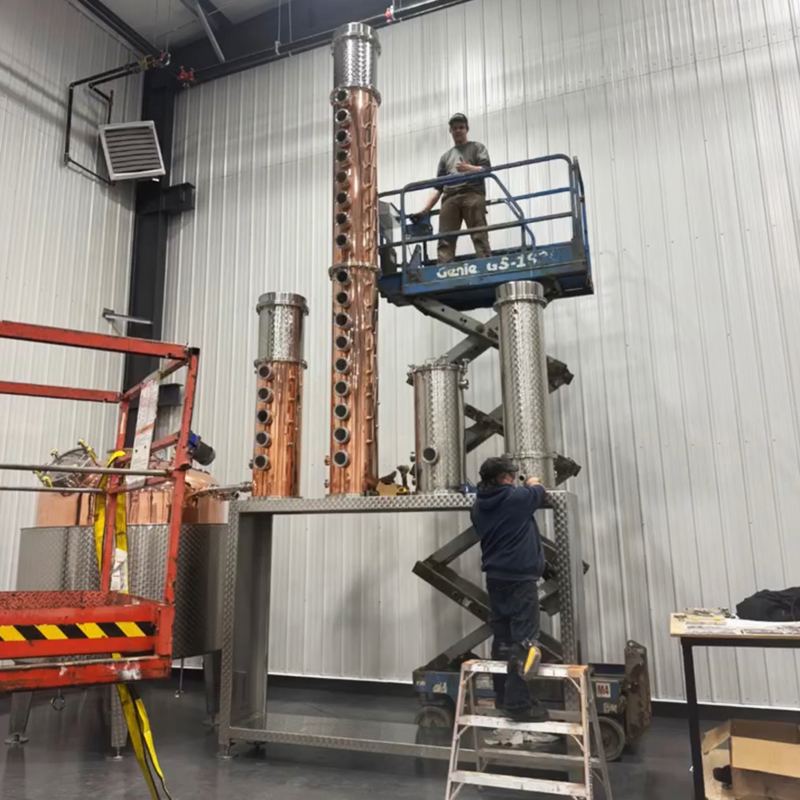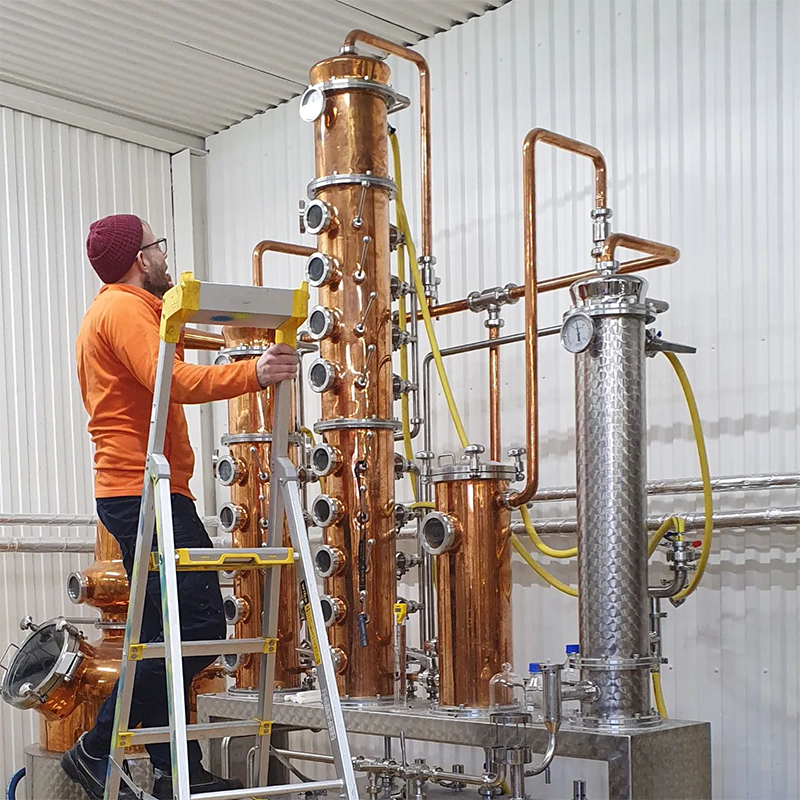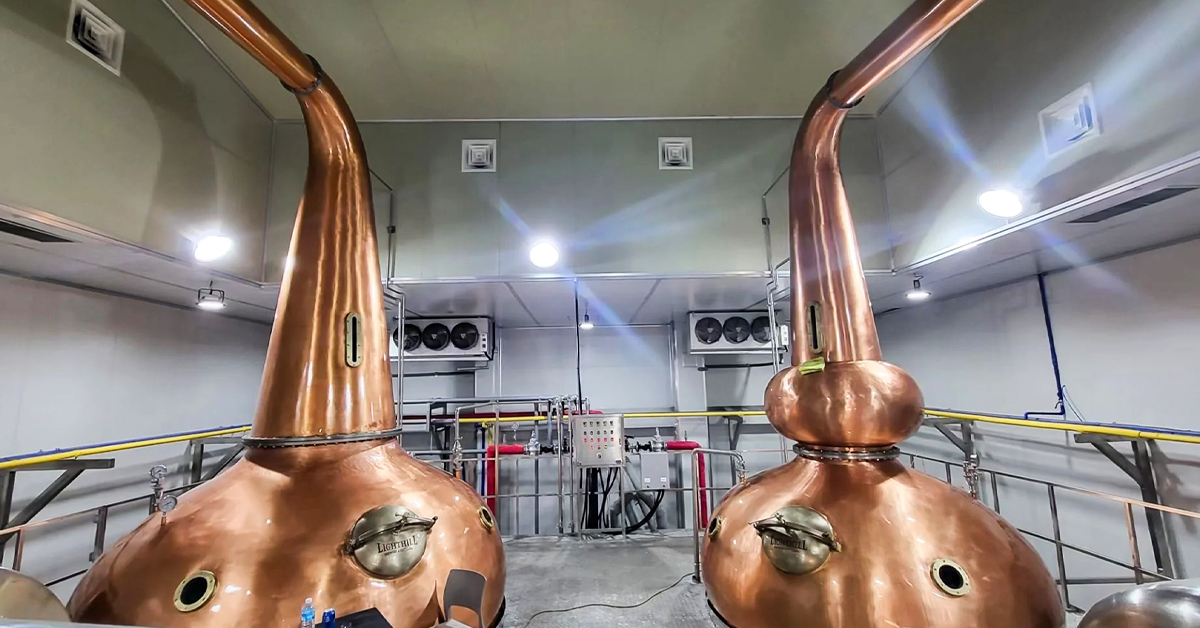
Understanding the Difference Between Wash Stills and Pot Stills
Most people interested in distilling spirits are probably familiar with both pot stills and column stills. However, if one tries to comprehend the equipment utilized in certain whiskey distilleries, it would be discovered that there are often some named “wash” stills and pot stills. And it is difficult to tell the difference between the two when you visit the distillery.
What is a Pot Still?
Pot stills are traditional types of distillation apparatus used to produce alcoholic beverages such as whiskey, rum, and other spirits. Known for its simplicity and efficiency, pot stills have been a mainstay of distilleries for centuries.
Design and Operation
A pot still consists of:
- Pot
- Helmet
- Swan neck
- Lyne arm
- Condenser
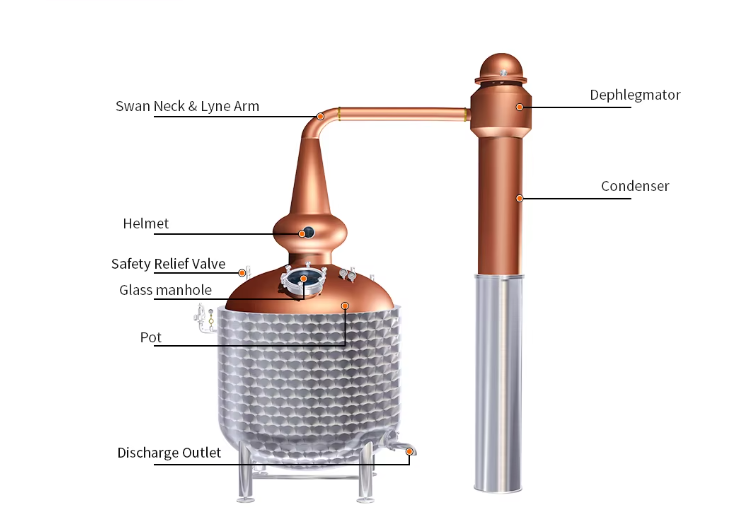
The wash or low wine is heated in the pot, causing the alcohol to vaporize. This vapor travels through the helmet, swan neck, and lyne arm before being condensed back into liquid form. The condensed alcohol is divided into head, heart and tail based on the alcohol content. This process may be repeated multiple times to achieve the desired purity and flavor profile.
What is a Wash Still?
A wash still is a specific pot still type used in the initial stage of the whiskey distilling process. The primary function of these still is to distill the fermented wash, producing the so-called low wine.
Design and Operation
While similar in design to a general pot still, a wash still is often larger and used specifically for the first distillation. And compared to the uniquely shaped helmets and the angled lyne arm in a pot still, which were designed to enhance the copper adsorption area and reflux, the vapor has an unobstructed route to the condensers in a wash still.

The wash still heats the fermented wash until the alcohol vaporizes. The vapor is then condensed into a liquid called low wine, with an alcohol content typically ranging from 20% to 25%. The main function of the wash still is to separate the alcohol from the fermented wash. The resulting low wine is then transferred to a second still (commonly called a “spirit still”) for further distillation to increase the alcohol content and refine the flavor.
Key Differences Between Wash Stills and Pot Stills
Purpose
Wash Still: used for initial distillation to produce low wine.
Pot Still: A general term that can refer to any still in the distillation process with a pot still design.
Process
Wash Still: focuses on the initial separation of alcohol from the fermented wash.
Pot Still: used in multiple stages of distillation for stripping alcohol, refining flavor and increasing alcohol content.
Output
Wash Still: Produces low wine (with impurities).
Pot Still: Can produce both low wine and more pure spirits.
In conclusion, while a wash still is a specific type of pot still used for the initial distillation, the term “pot still” is more general and encompasses all types of batch distillation stills used throughout the entire distillation process.

